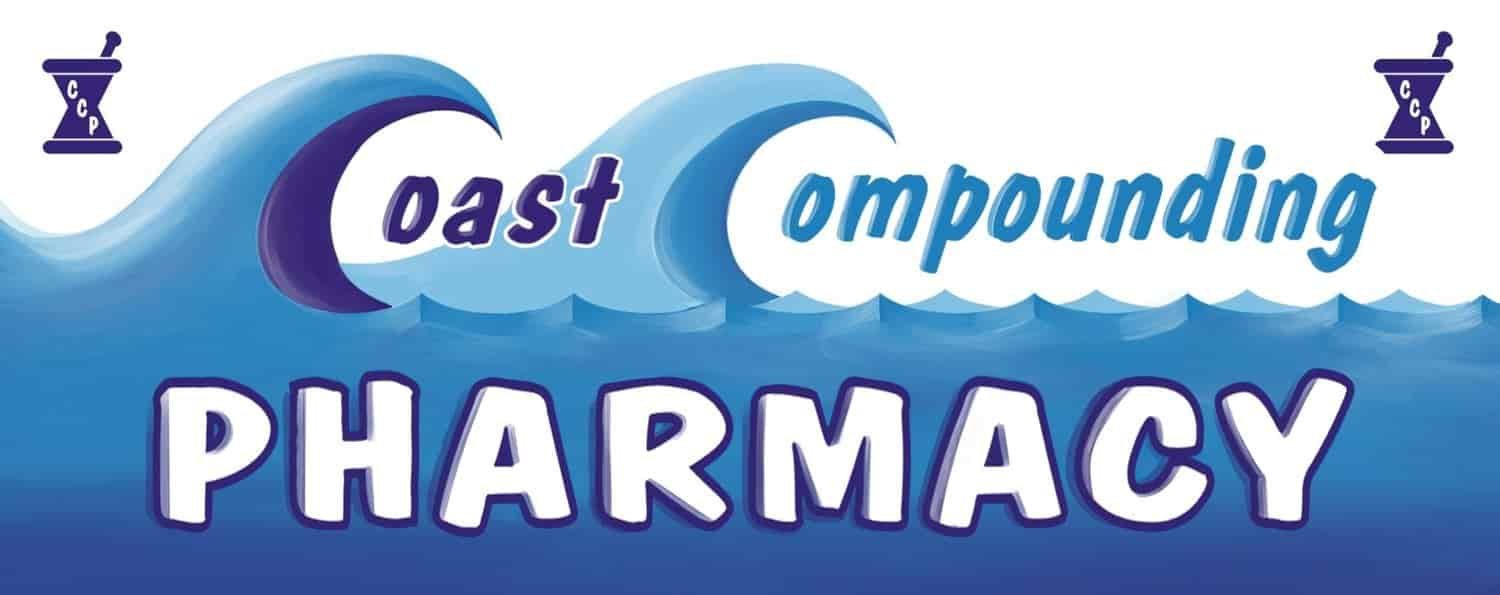Testosterone therapy is becoming increasingly popular, but many people are unaware of its potential risks, particularly regarding blood clots. In this blog, we will explore the relationship between testosterone levels and the formation of blood clots, helping you understand the implications of testosterone treatment on your health.
Understanding testosterone and its functions
Testosterone is a crucial hormone that plays a significant role in various bodily functions, including muscle growth, mood regulation, and bone density. Let’s dive into the basics of testosterone and why it’s essential for both men and women.
While often associated with male health, testosterone is also vital for women, contributing to overall hormonal balance and sexual health. An imbalance in testosterone levels can lead to a range of symptoms such as fatigue, depression, and even decreased libido. Understanding the role of testosterone can empower individuals to monitor their health more effectively.
It’s not just about the quantity of testosterone; its quality matters too. Healthy testosterone levels can enhance energy, promote a positive mood, and support cognitive functions. This haul of benefits makes the hormone a key player in maintaining vitality as we age.
The connection between testosterone levels and blood clots
Recent studies suggest a potential link between elevated testosterone levels and an increased risk of blood clots. Understanding this connection can help individuals make informed decisions about testosterone therapy.
When testosterone levels spike, it’s not just muscle mass that can be affected – blood properties change, too. Elevated testosterone can lead to thicker blood, which may increase the chances of clot formation. This underscores the importance of being proactive about monitoring your hormone levels, especially if you’re undergoing therapy.
It’s crucial to balance the benefits of testosterone therapy with its risks. For individuals seeking to enhance their performance or counteract aging, being aware of potential health issues, including blood clots, is imperative. This nuanced understanding can pave the way for healthier decisions.
Different forms of testosterone and their effects
Testosterone can be administered in various forms, including injections, patches, and gels. Each form may have different effects on the body and varying risks when it comes to blood clots.
For instance, testosterone injections deliver a dose directly into the bloodstream, leading to rapid increases in hormone levels, which may heighten the risk of clots. Alternatively, patches provide a more controlled release, potentially minimizing spikes in testosterone levels. People must consider which method aligns best with their health goals and risk factors.
Gels are another popular option, allowing testosterone to be absorbed through the skin. While convenient, they also require careful handling to avoid unintentional transfer to others. The choice of administration should always involve a thorough discussion with a healthcare provider.
Dosage and the risk of blood clots
The dosage of testosterone plays a critical role in determining the risk of adverse effects, including blood clots. This section will explore how different dosages can impact health outcomes.
Finding the right dosage can be a delicate balancing act. Too little testosterone may leave some feeling lethargic and ineffective, while too much can dangerously increase the likelihood of clotting. Regular follow-ups and blood tests are vital in ensuring that hormone levels remain in a safe range.
It’s particularly important for those new to testosterone therapy to start at lower dosages. Gradually adjusting these levels can help in identifying the sweet spot for optimal health benefits without the heightened risk of complications.
Who should consider testosterone therapy?
Not everyone is a candidate for testosterone therapy. This section will help identify individuals who might benefit from treatment and those who should approach it with caution.
Men experiencing significant energy drops, reduced sexual drive, or mood swings should consider consulting a healthcare provider. However, individuals with a prior history of blood clots or cardiovascular issues must tread carefully when exploring testosterone therapy.
Women may also benefit from testosterone therapy, especially in dealing with hormonal imbalances post-menopause. Yet, they too must weigh the potential risks against benefits, keeping blood clot risks in mind.
Monitoring testosterone therapy for safety
Regular monitoring during testosterone therapy is essential to manage risks effectively. We’ll discuss what monitoring entails and how it can safeguard your health.
Monitoring often involves periodic blood tests to assess testosterone levels, along with checks for hematocrit levels, which indicate blood thickness. The results can guide adjustments in dosage and ensure the patient remains within a safe range.
It’s also important to attend follow-up appointments where healthcare providers can discuss any side effects experienced during therapy. Open communication is key to ensuring that the treatment remains beneficial without crossing into territory fraught with health risks.
Final Thoughts
In conclusion, while testosterone therapy can offer benefits, it’s crucial to stay informed about its risks, particularly concerning blood clots. Consulting with a healthcare professional is vital to determine the right approach to testosterone treatment that prioritizes your health and safety.

